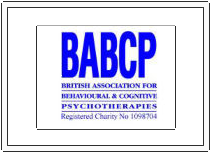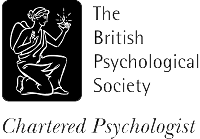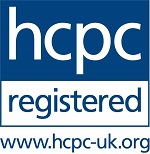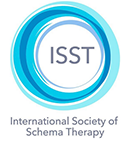Schema Therapy (ST)
Schema Therapy is an integrative model with influences from object relations theory, attachment theory, Gestalt psychology and also from cognitive behavioural therapy. It was borne out of the conviction that all children require certain basic needs to be met in order for them to go on to develop as psychologically healthy adults.Where needs are not met the ‘lenses’ through which we come to view the world (called schemas) get constrained in the direction of making negative predictions about ourselves, other people and the world around us.
For example, if we experienced neglect or an emotionally deprived early life, or we were constantly criticised or put down, we may develop a sense that we are ‘defective’, or as though we’ll be left or ‘abandoned’ at any moment. Individuals then learn to manage their ‘schemas’ and essentially carve their life and relationships around the predictions of these schema.
For example, you might avoid relationships altogether so that you don’t risk having to feel the terror of abandonment, but ultimately feel empty or lonely. Or you may ‘overcompensate’ for feeling defective by working really hard all the time only to end up feeling exhausted and resentful. Becoming aware of our core schemas and how we manage them is a critical first step.
Schema therapy offers a program of interventions to help you work towards interacting with the world in ways that support you to meet your life goals.
Schema therapy tends to be longer in duration than CBT, but the number of sessions needed will depend on the difficulties you experience and the goals you set. This is worth talking through at assessment with your therapist.
Schema therapy might be useful for you if your struggles have been relatively long lasting or recurring, such as repeated relationship difficulties, chronic depression or anxiety, problems with anger or an unclear sense of personal identity.




